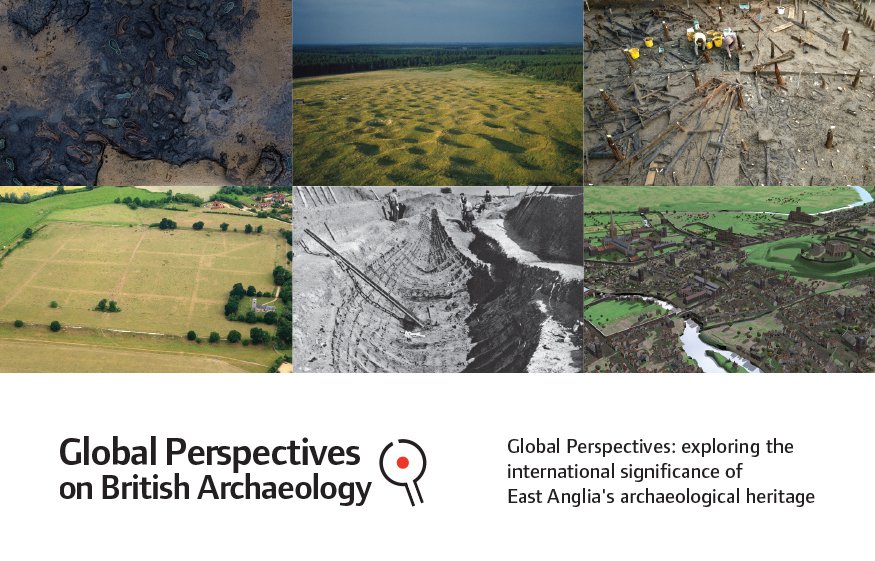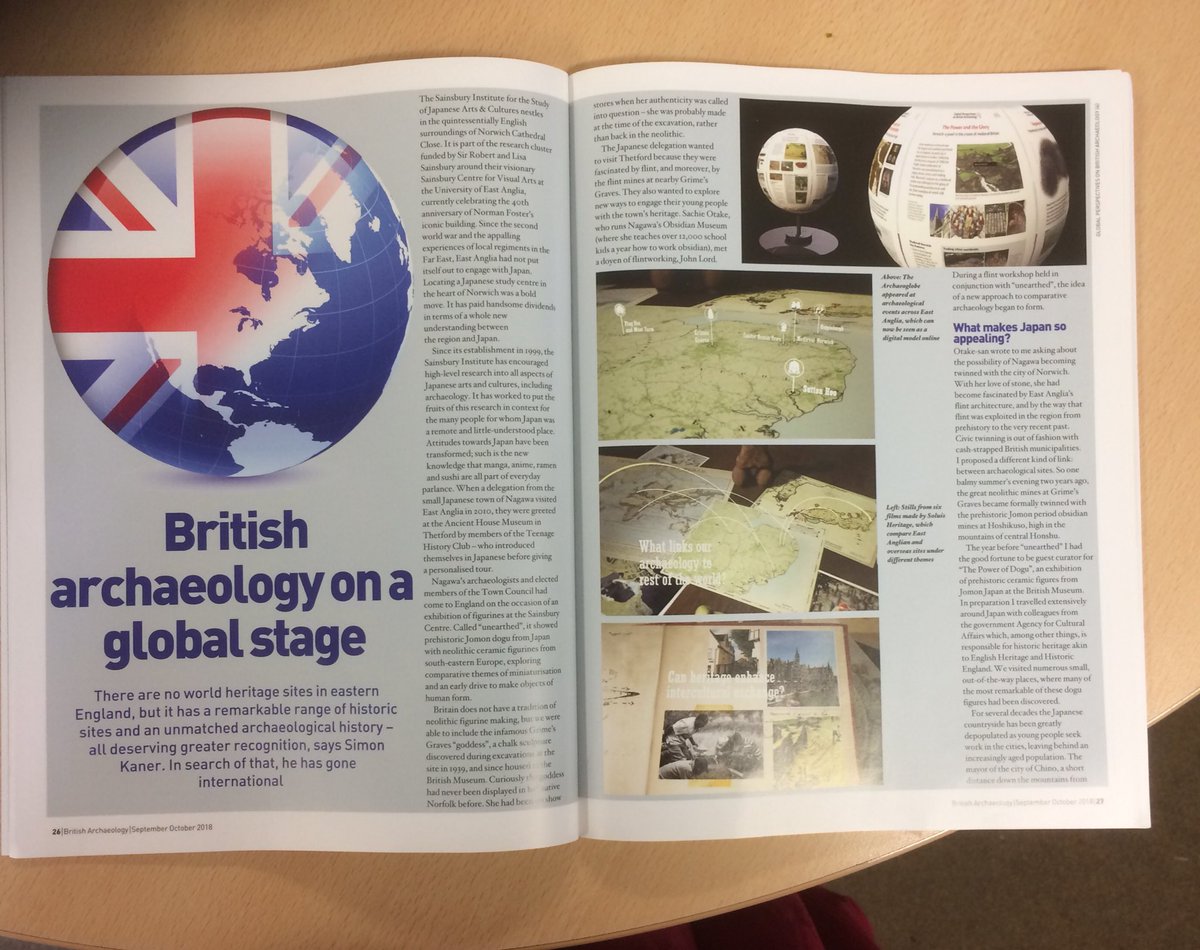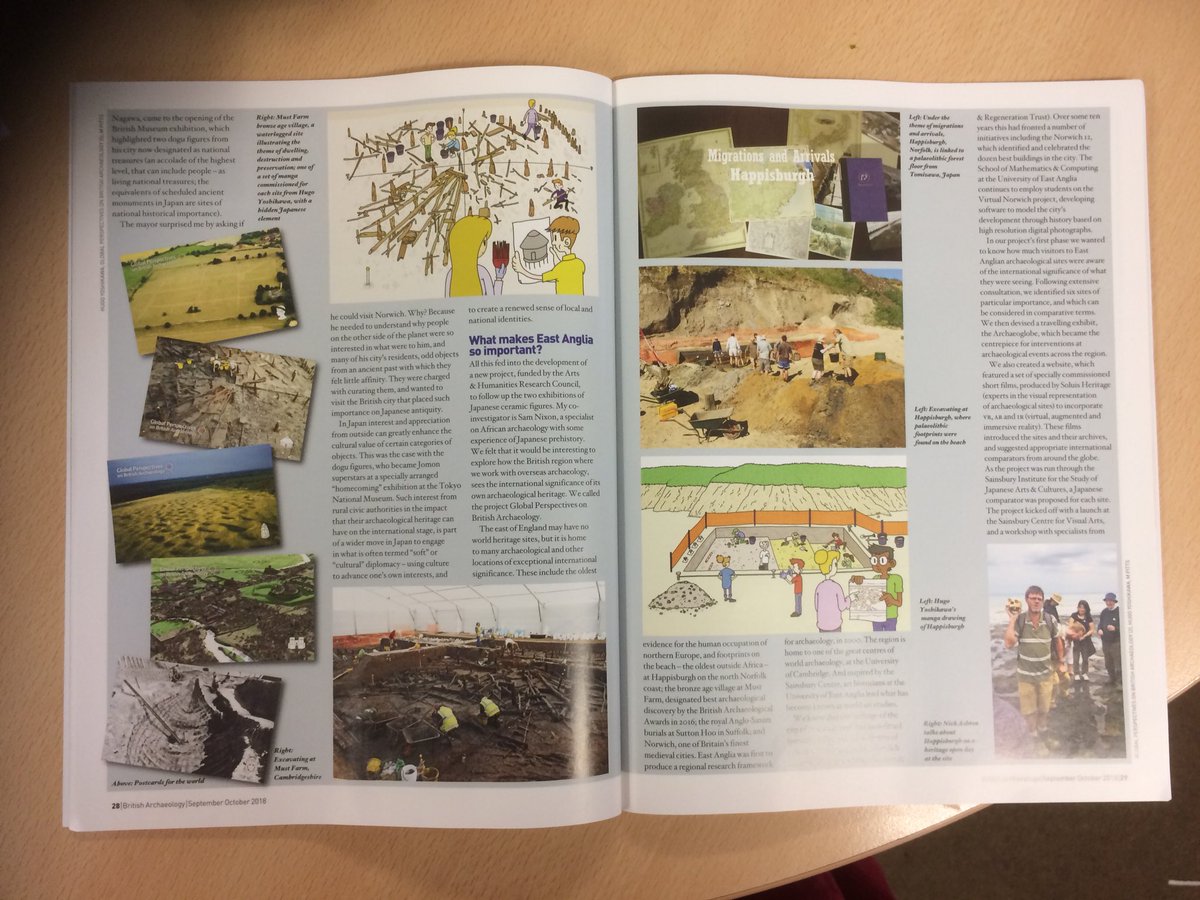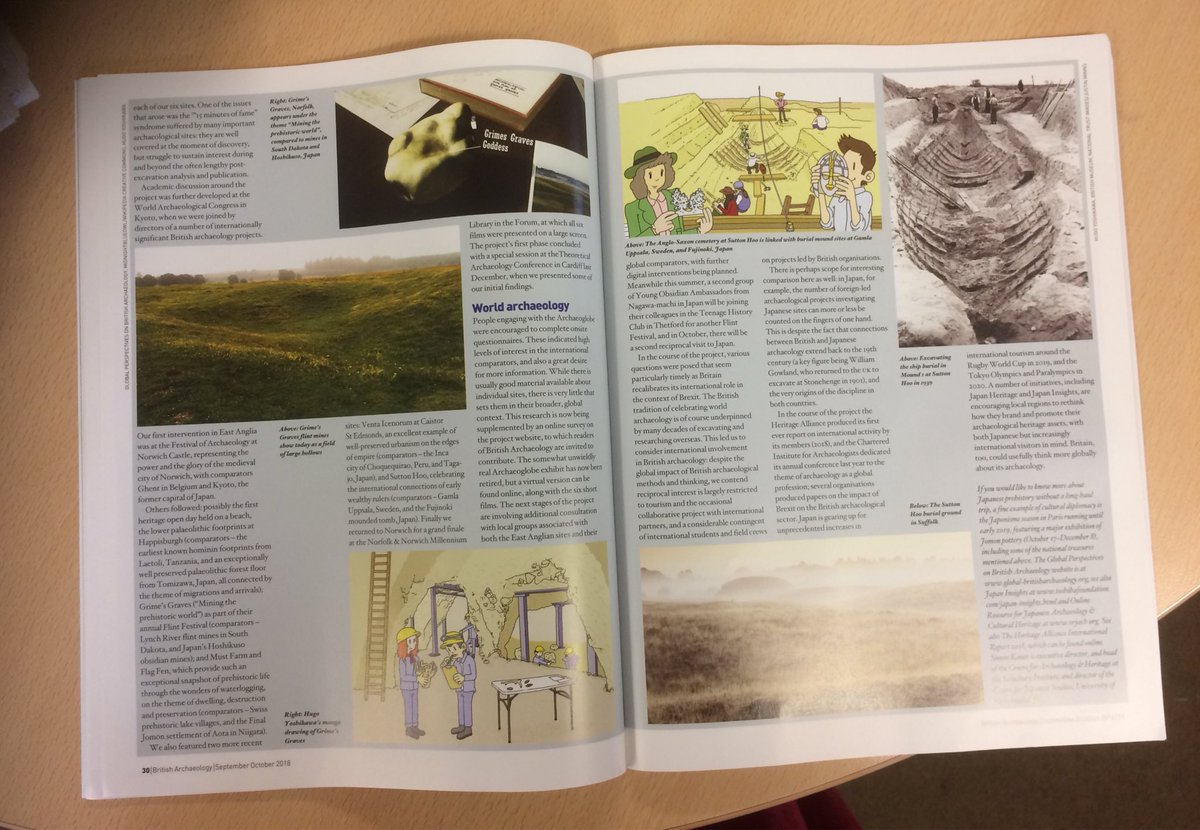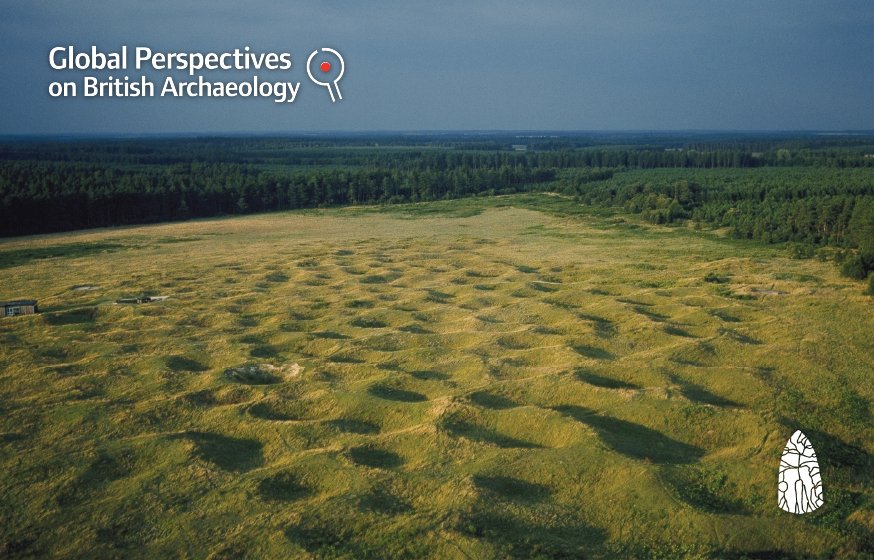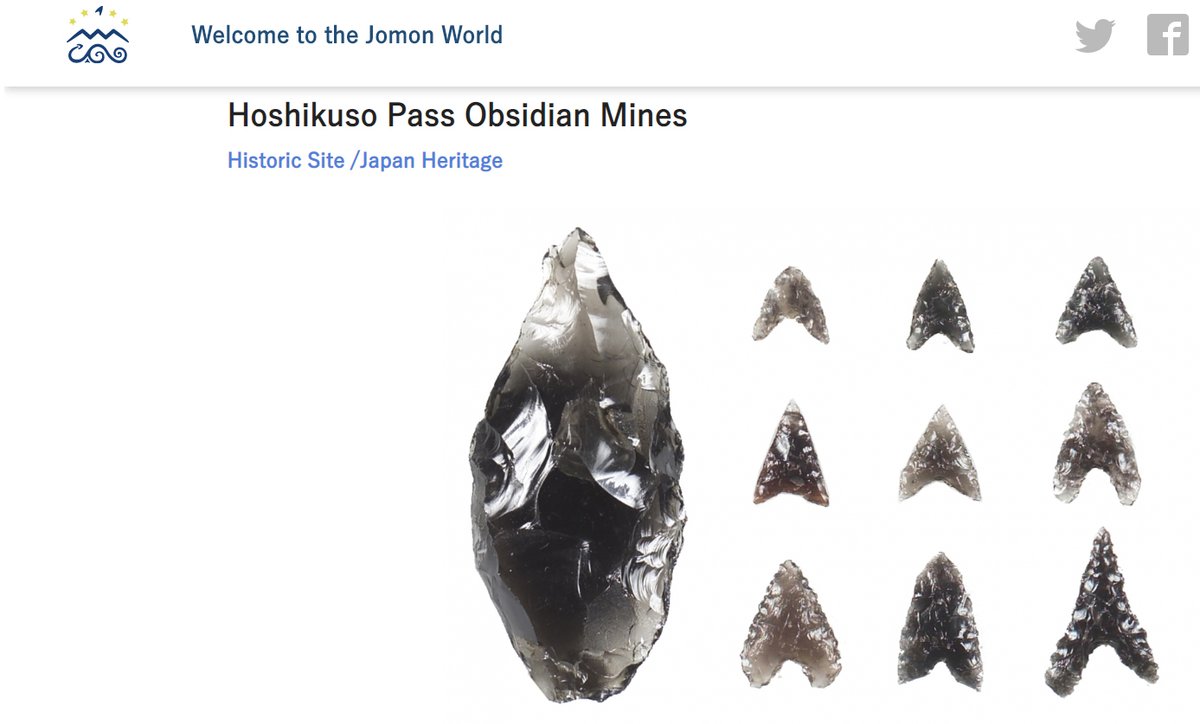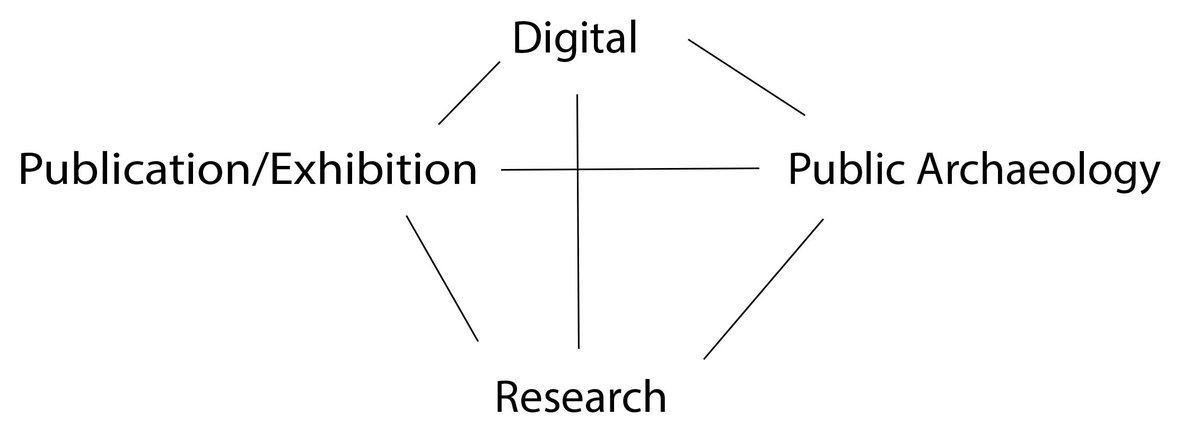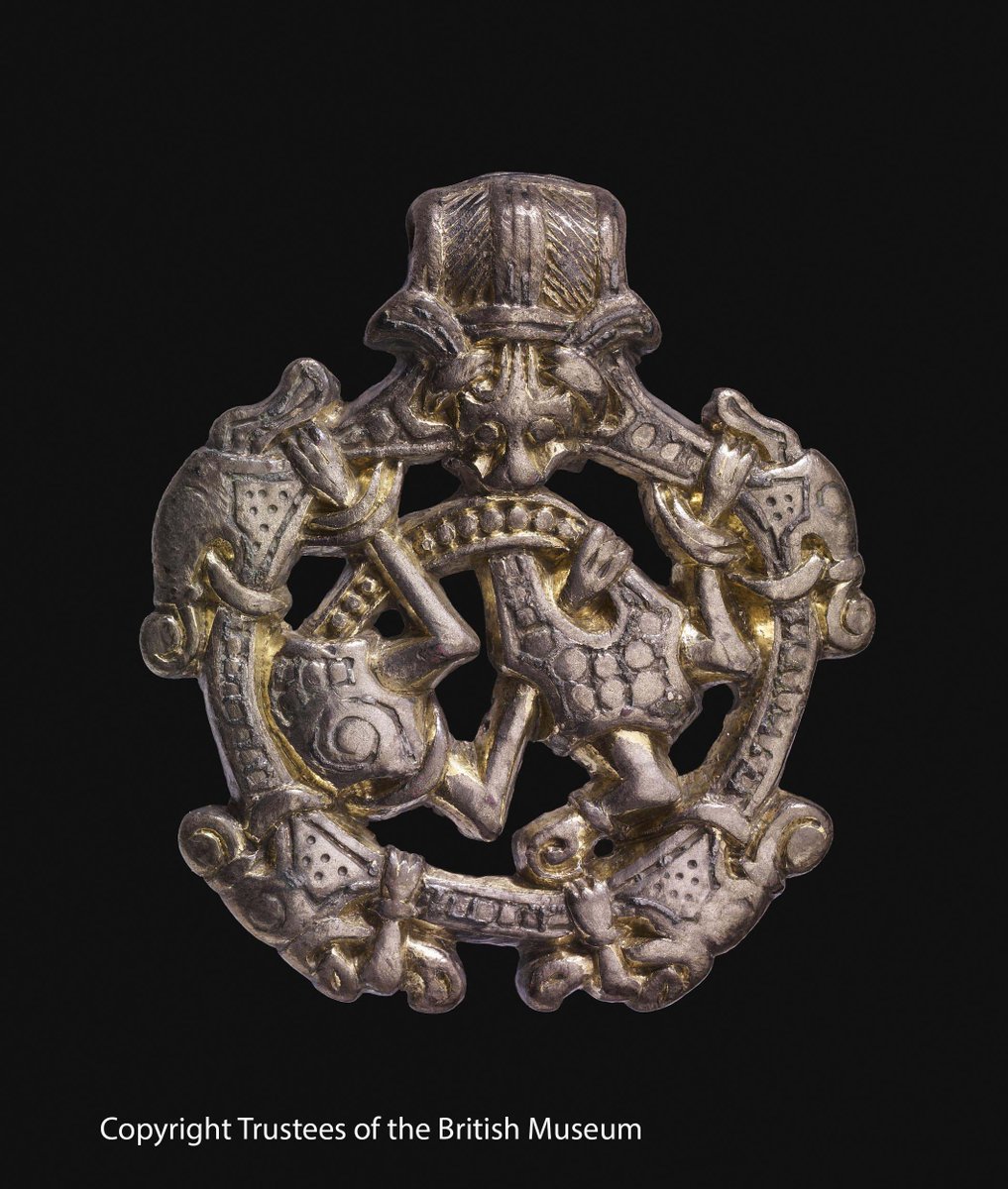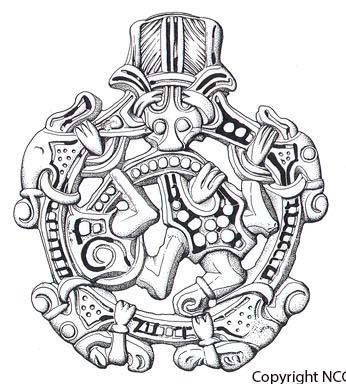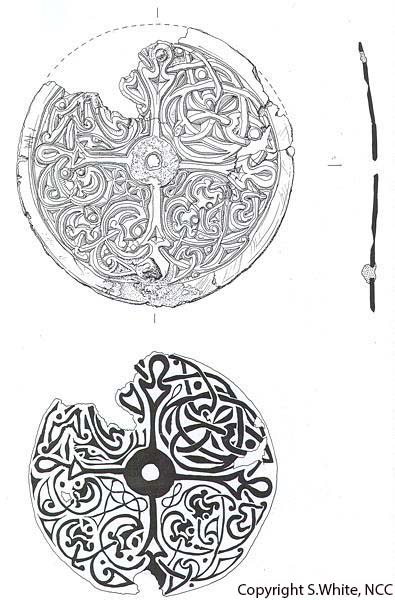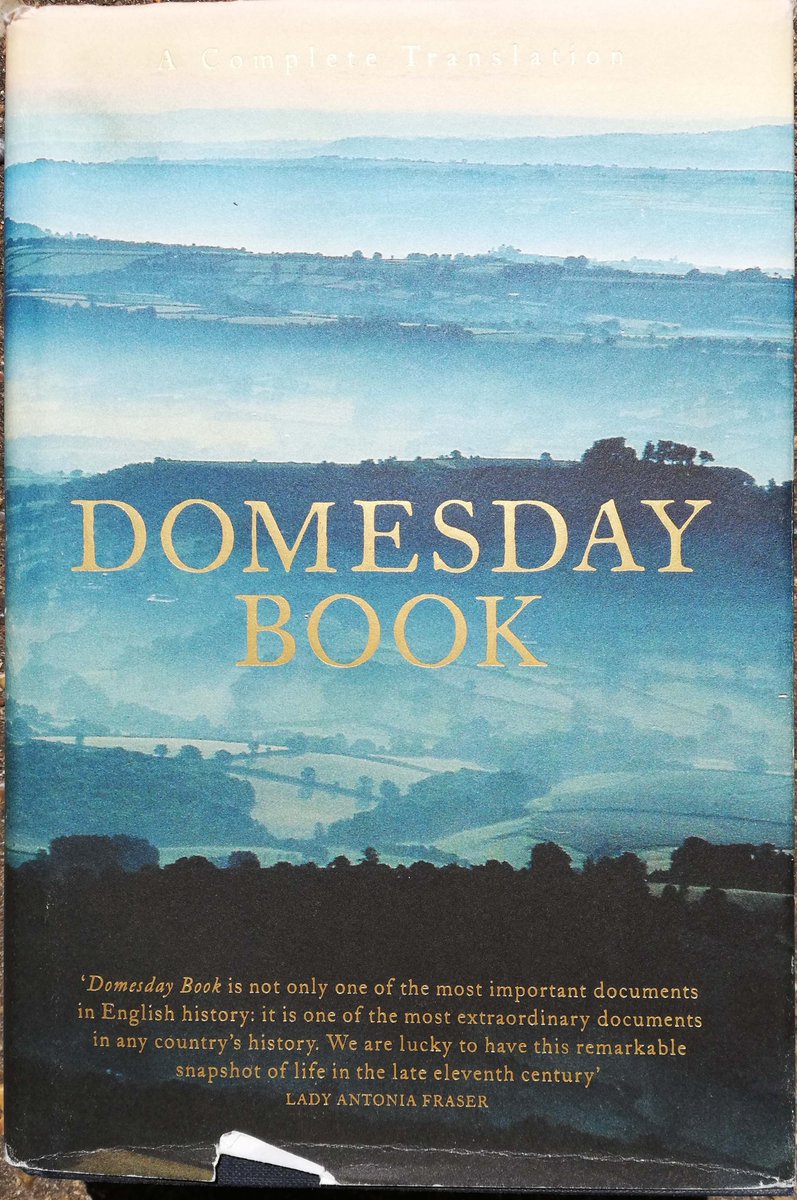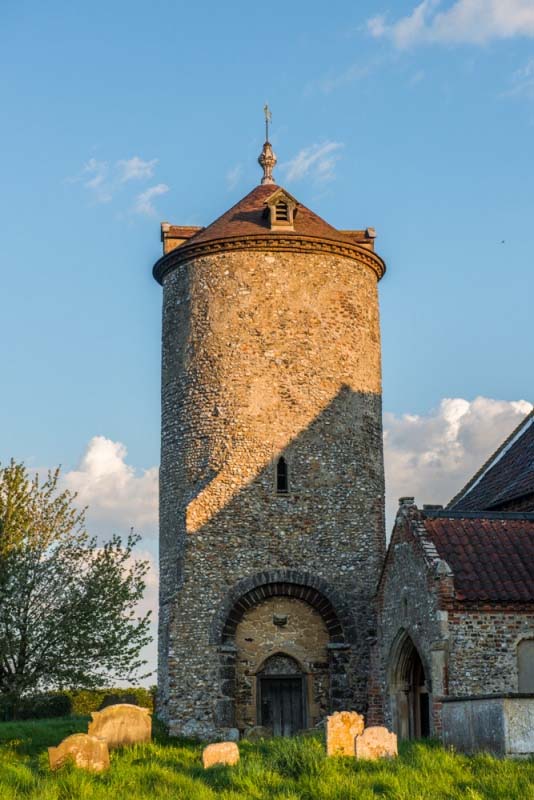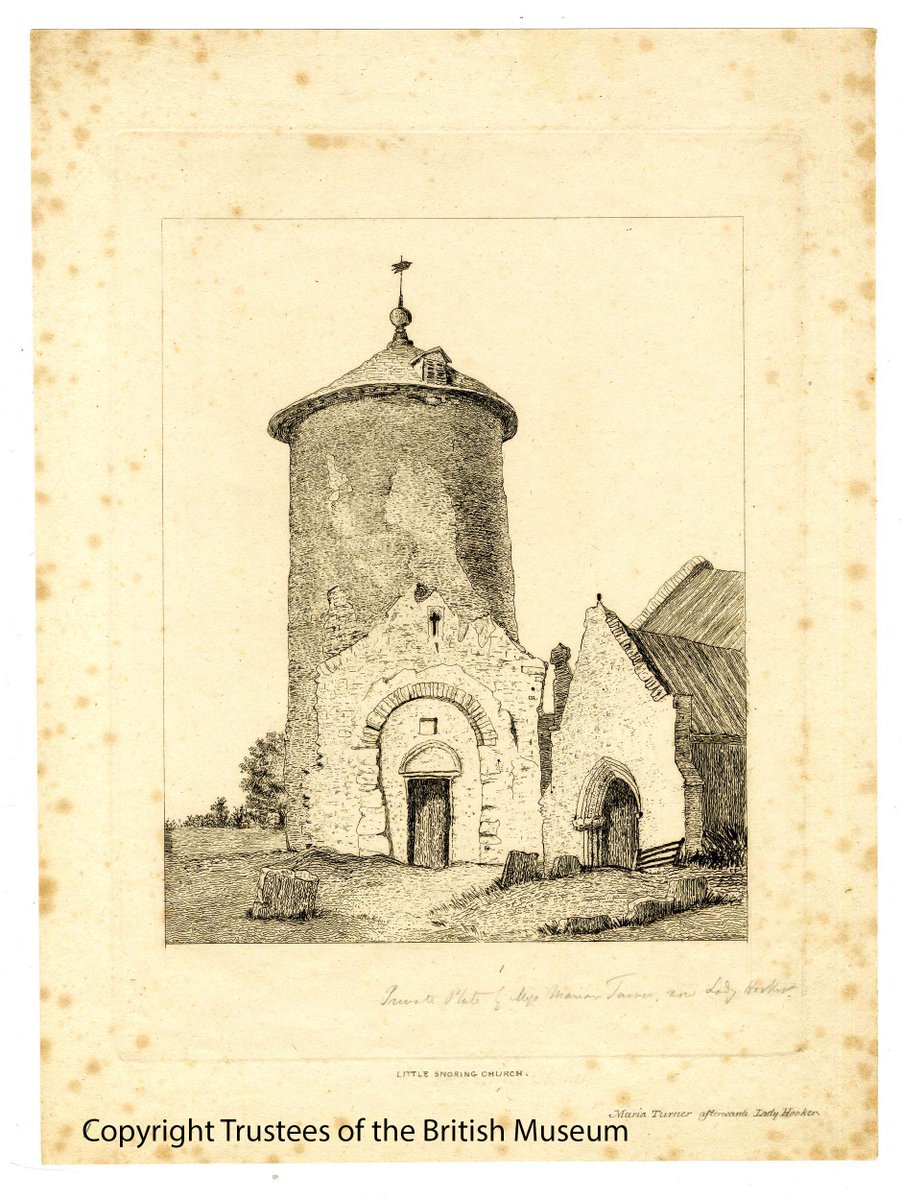1/20 Hello everyone I& #39;m Andy @arjhutcheson @sisjac, today I will be giving a paper called Public archaeology, digital presentation and global perspectives: a shop window for accessing and valuing the heritage of East Anglia. This is building on: https://global-britisharchaeology.org/ ">https://global-britisharchaeology.org/">... #PATC5
2/20 Global Perspectives on British Archaeology, funded by @AHRC, presents research into East Anglia’s heritage in a broad international context, encouraging us to think about the region’s place in the wider world #PATC5
3/20 The project looked at 6 places, Happisburgh, Grimes Graves, Must Farm, Caistor St Edmunds, Sutton Hoo and Medieval Norwich ranging in date from 800,000BP to 16TH century CE and explored how to unlock the global significance of the region’s rich heritage #PATC5
4/20 The project was covered by https://new.archaeologyuk.org/british-archaeology-magazine/">https://new.archaeologyuk.org/british-a... and regional media #PATC5
5/20 Around the same time @SISJAC undertook the world’s first twinning of two archaeological sites, Grimes Graves https://www.english-heritage.org.uk/visit/places/grimes-graves-prehistoric-flint-mine/">https://www.english-heritage.org.uk/visit/pla... and Hoshikuso obsidian mines, Japan https://jomon.co/en/point/detail/59/">https://jomon.co/en/point/... #PATC5
6/20 These days there is an increasingly important relationship between public and digital archaeology. So much archaeological data is available online through a plethora of sites and portals. Much of this data is generated though what can be termed public archaeology #PATC5
7/20 Global Perspectives sites are all high profile. They have their own webpages. Some data at Casitor Roman Town http://www.caistorromanproject.org/ ">https://www.caistorromanproject.org/">... and from Happisburgh https://www.pabproject.org/blog/was ">https://www.pabproject.org/blog/was&... generated through public archaeology #PATC5
8/20 The other end of the spectrum is much of the data collected by metal detectorists. This is rich in East Anglia. Norfolk has more finds found in ploughed fields than any other county. I chose an example from a place close to where I live searched for randomly (honest) #PATC5
9/20 Pendant, Borre style, from Scandinavia, 10 C, at Little Snoring, Norfolk. Published - Norfolk Archaeology 1999. 43.2, 366 (online from Monday!) http://nnas.info/ ">https://nnas.info/">... and on Norfolk HER http://www.heritage.norfolk.gov.uk/ ">https://www.heritage.norfolk.gov.uk/">... now in the British Museum https://www.britishmuseum.org/ ">https://www.britishmuseum.org/">... #PATC5
10/20 Gilded bronze cruciform disc brooch, also from Little Snoring. Also 10th century CE in date. English manufacture http://www.heritage.norfolk.gov.uk/ .">https://www.heritage.norfolk.gov.uk/">... The two together are compelling.
11/20 Intrigued I looked in my trusty copy of the Domesday Book (Alecto Historical Editions 2002) to see what was recorded for Little Snoring in 1089. The King held 3 free men with 3 acres and 1 plough #PATC5
12/20 William de Warenne held 2 sokemen with other stuff mixed up with other nearby manors. Under Peter de Valognes Ralf held 1 carucate, 24 bordars, 1 slave, 1 plough in demesne in the time of King Edward and 2 in 1089 and I plough held by the men with 4 acres of meadow #PATC5
13/20 There was 1 mill, 6 head of cattle, 60 pigs, 80 sheep (TRE – 50 1089) 6 sokemen at 40 acres of land, 2 bordars and it rendered 12d of geld - so not a place of great wealth but not hard up either and maybe just good at tax evasion? #PATC5
14/20 St Andrew’s church in the parish too. It has a detached round tower that dates to around 1100? Romanesque surviving fabric and a rare Anglo Saxon decorated stone font. In http://www.heritage.norfolk.gov.uk/ ">https://www.heritage.norfolk.gov.uk/">... and published in East Anglian Archaeology 51 http://eaareports.org.uk/publications/ ">https://eaareports.org.uk/publicati... #PATC5
15/20 The BM also have a print by Maria Hooker of St Andrew’s Church showing antiquarian interest in it. The church is also one of only 65 Norfolk churches (there were over 900 medieval churches in Norfolk) included in Simon Jenkins’ England’s 1000 Best Churches #PATC5
16/20 I hope this thread shows the wealth of digital archaeology available for East Anglia. It was genuinely a random piece of research I did over about an hour. All the information is available on public websites. This is in a sense remarkable and a massive achievement #PATC5
17/20 However, these are disparate resources with little to connect them together. Much of the information generated by archaeology generally and public archaeology included is dispersed and lacking in connectivity. So for instance is not used by the average teacher #PATC5
18/20 A big portal is needed. Good examples: CBA https://new.archaeologyuk.org/ ">https://new.archaeologyuk.org/">... does a great job but lacks resources, English Heritage https://www.english-heritage.org.uk/ ">https://www.english-heritage.org.uk/">... has a great website but deals with its sites, Historic England https://historicengland.org.uk/ ">https://historicengland.org.uk/">... deals with designations mainly #PATC5
19/20 Museums have a key role in heritage but again are lacking in digital information that is accessible for all. BM is impressive but does not link to local context. We need to find a way of valuing our heritage that encompasses place and is sustainable #PATC5
20/20 Heritage is key for tourism https://historicengland.org.uk/content/heritage-counts/pub/2019/heritage-and-the-economy-2019/">https://historicengland.org.uk/content/h... which may be part of the answer for constructing economic value at least? Thanks for listening! I’m getting on my bike to go and look more carefully at Little Snoring just up the road #PATC5

 Read on Twitter
Read on Twitter